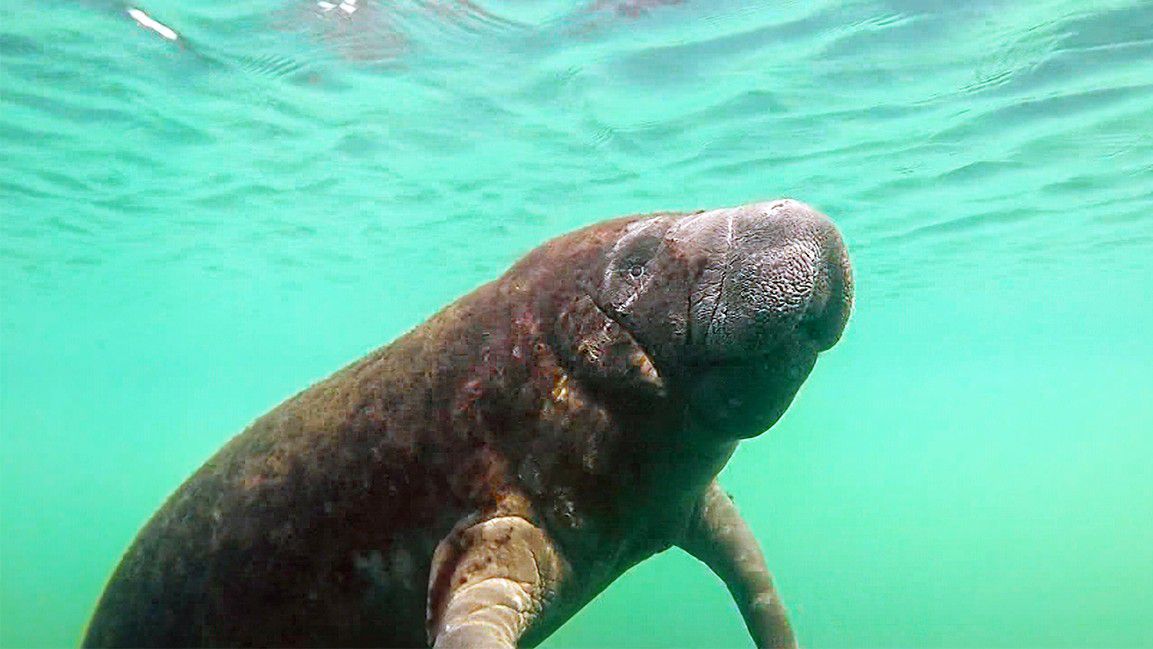There is trouble right now in the Florida waterways, as researchers say manatees are dying at an alarming rate.
What You Need To Know
- Manatees have died more so far this year than in 2020
- Nearly 700 have died so far this year alone, according to the FWC
- Algae blooms are one of the contributors to the manatees dying
New numbers from the Florida Fish and Wildlife Conservation Commission show more manatees have died already this year than in all of 2020.
Inside Blue Spring State Park, researcher Cora Berchem with the Save the Manatee Club shows up early to count the manatees nearly every morning. But new numbers from Florida Fish and Wildlife has her concerned.
“Losing almost 700 manatees already and it is only April … I think that is scary for anyone working with manatees,” said Berchem.
According to the FWC, 674 manatees have already been reported dead this year. In total, 637 died in 2020, which was still well above the five-year average.
“I mean, all the work that we put in and all the care we give and then seeing so many manatees die, that is really upsetting and unfortunately a lot of the issues they are facing are human-related, so this is really something that we need to do something about,” said Berchem.
One issue Berchem says manatees always deal with is getting hit by boats, which she shared is more common this time of year as manatees begin to move from their winter homes.
But Patrick Rose, executive director of the Save the Manatee Club, said an even bigger issue they are facing this year is that their food sources are being killed off by algae blooms.
“Even though the official reports are showing about 58% loss, that is a bit deceiving because we have really lost more than 90% of the actual seagrass that is available for forage for manatees and so that is why they are literally starving to death,” said Rose.
He said those blooms are fed by nutrient pollution caused by humans, coming from sources like fertilizer runoff and leaking septic tanks.
It is an issue that is particularly bad in Brevard County, where 285 dead manatees have been recorded this year. It is a problem he believes needs to be addressed right away.
“It takes man taking control of his wastewater if you will and not allowing those chemicals, the nitrogen, the phosphorus to make their way into those water bodies because our system is already so stressed that any more additions of these pollutants are tipping them past that tipping point and leading to more and more frequent algal blooms,” explained Rose.
The way things are going, he believes we could see more than 1,000 die this year, breaking the record set in 2013 during a bad red tide.
“We had gotten to 830, that is the most ever and that is more than twice what you expect a normal mortality but now we are going to eclipse that likely by quite a bit and if for any reason red tide would kick up on top of this malnutrition and starvation together with the watercraft mortality, if you added red tide on top of that it would even be worse,” he said.
As for Berchem, she hopes changes are made before this puts the species as a whole at risk.
“It really is a wake-up call that we need to work harder, we need to do more and we need to keep up those protection efforts,” said Berchem
The Save the Manatee Club stated the manatees will have to face this food shortage through the winter, so they are anticipating more manatees than usual will need to be rescued.
For more information on how to protect manatees, click here.



